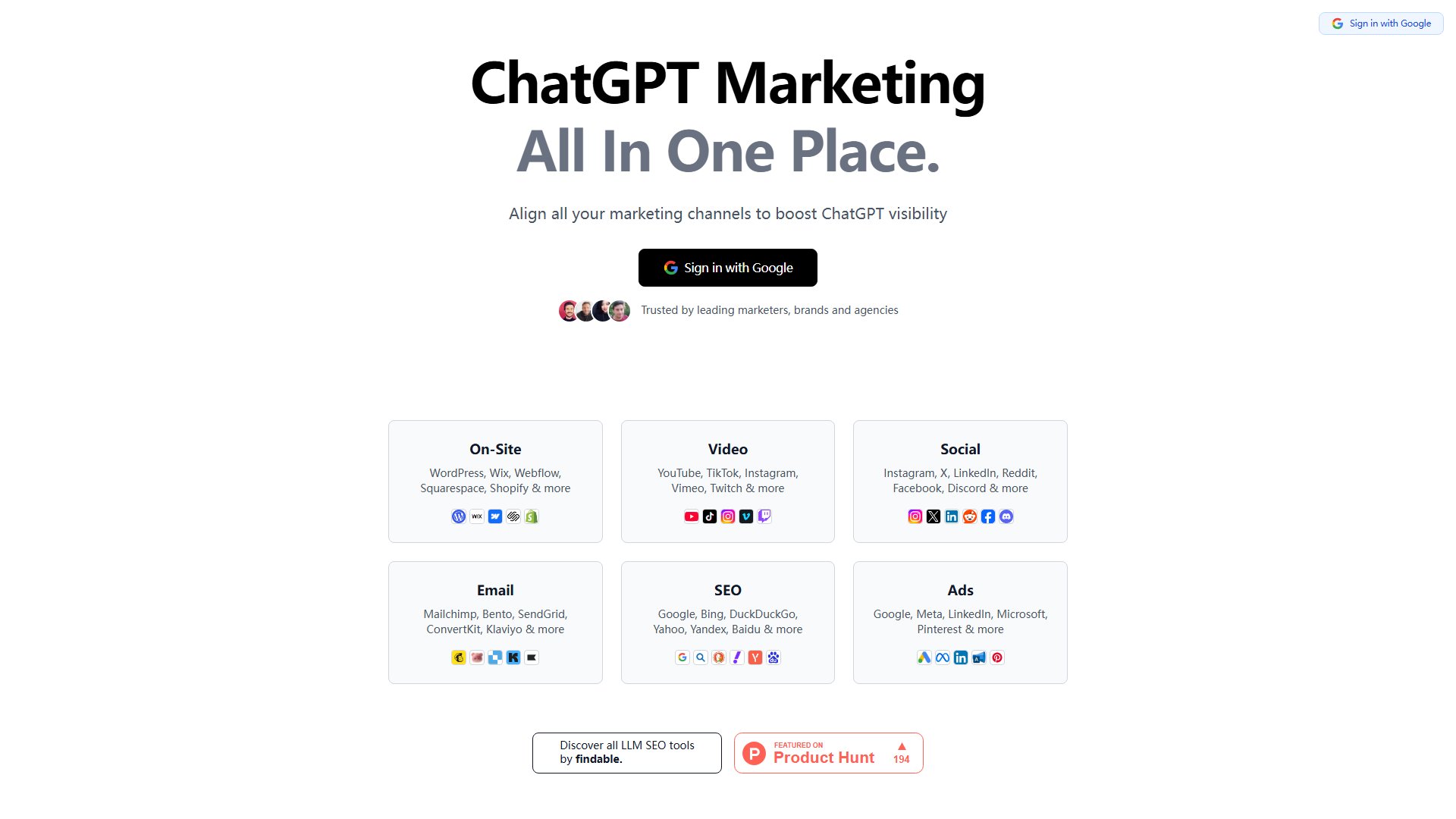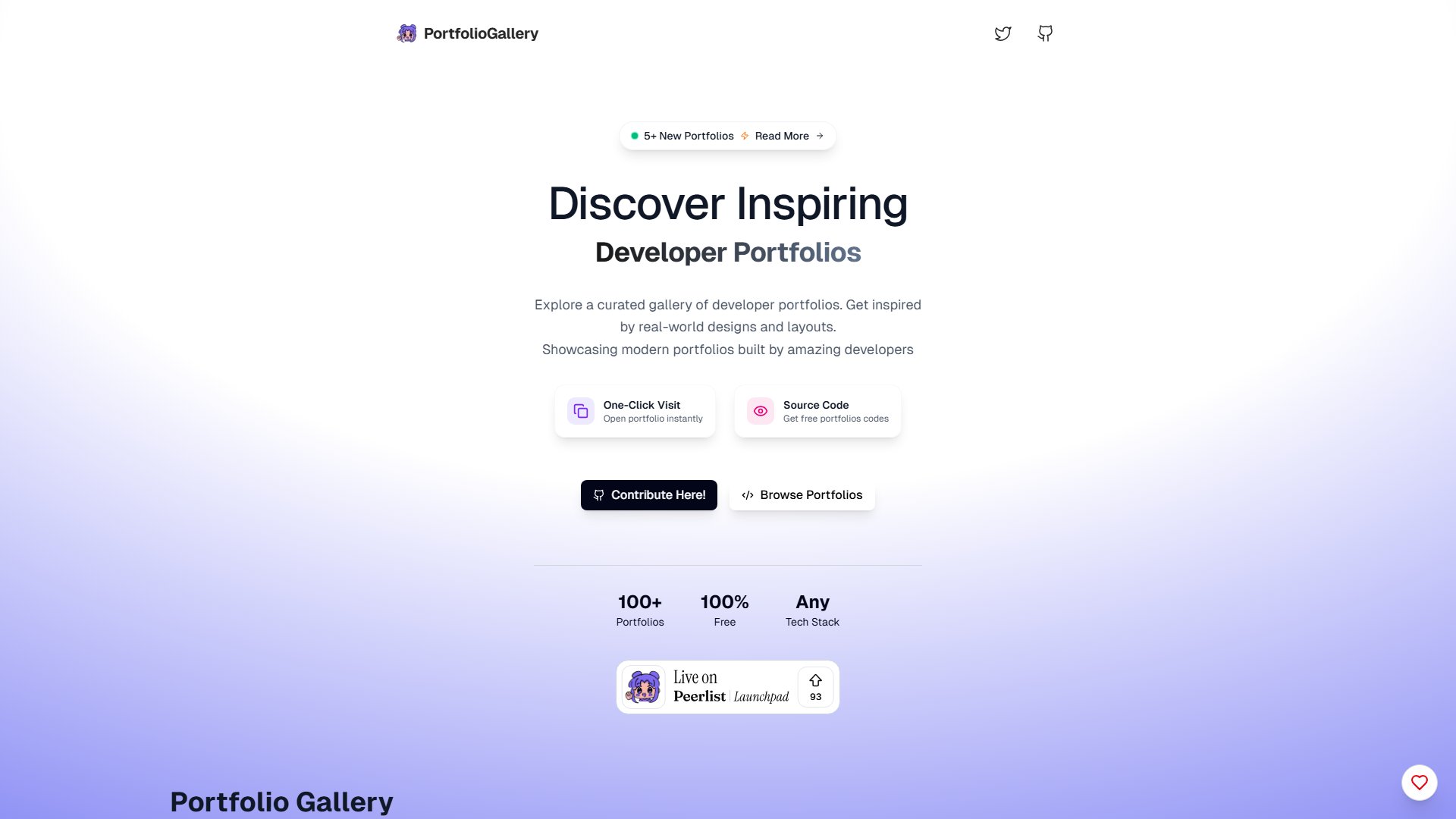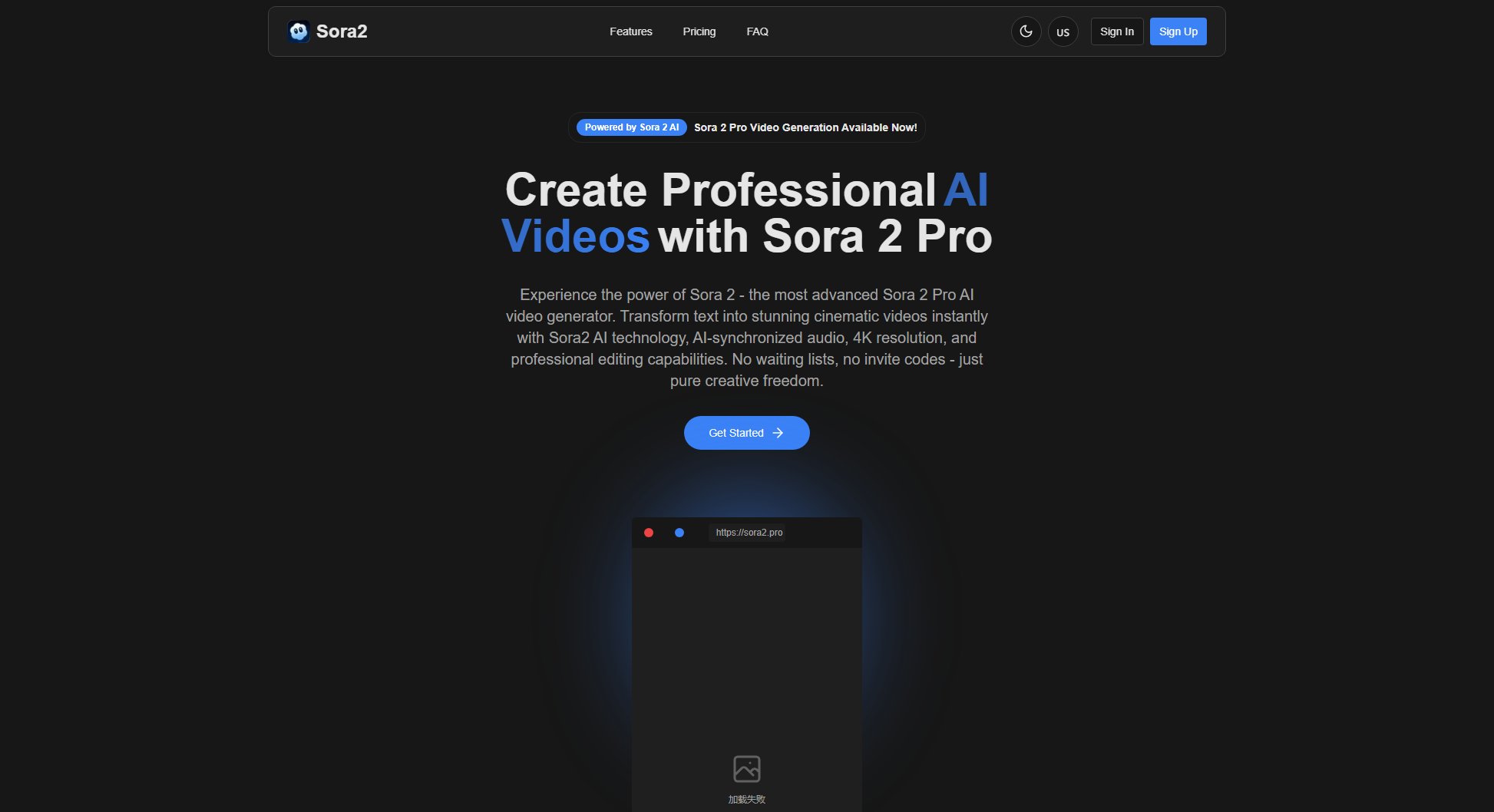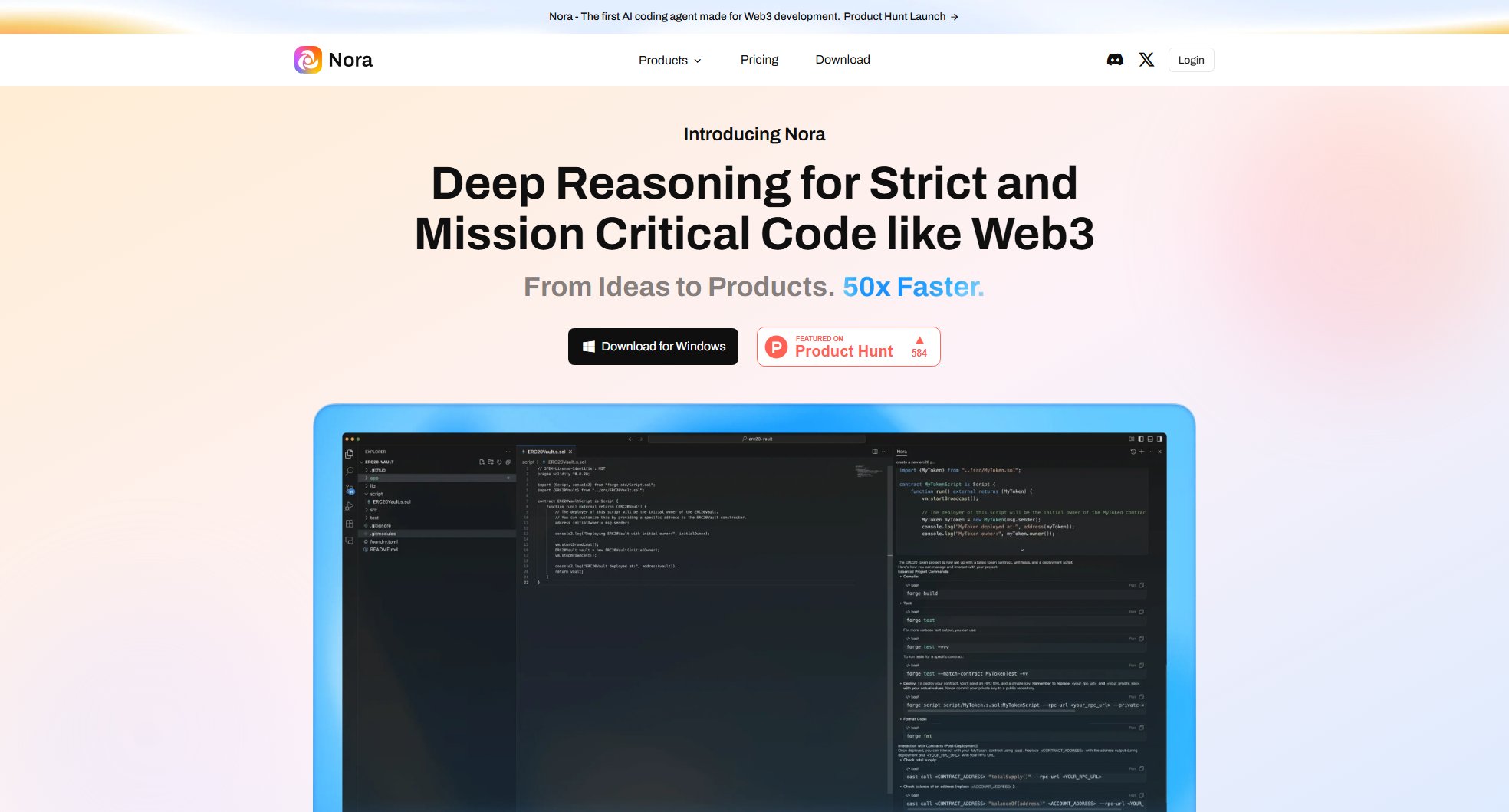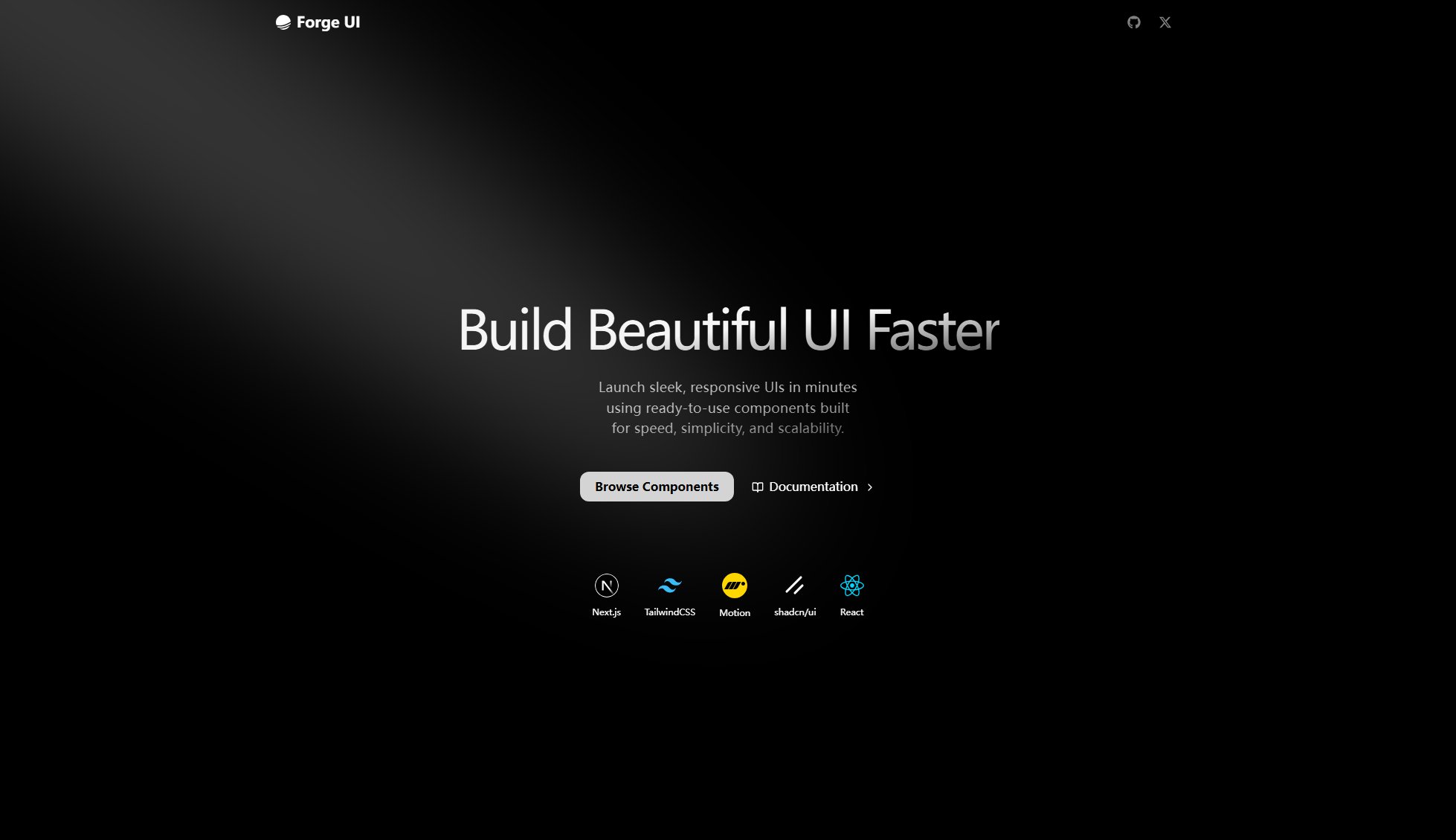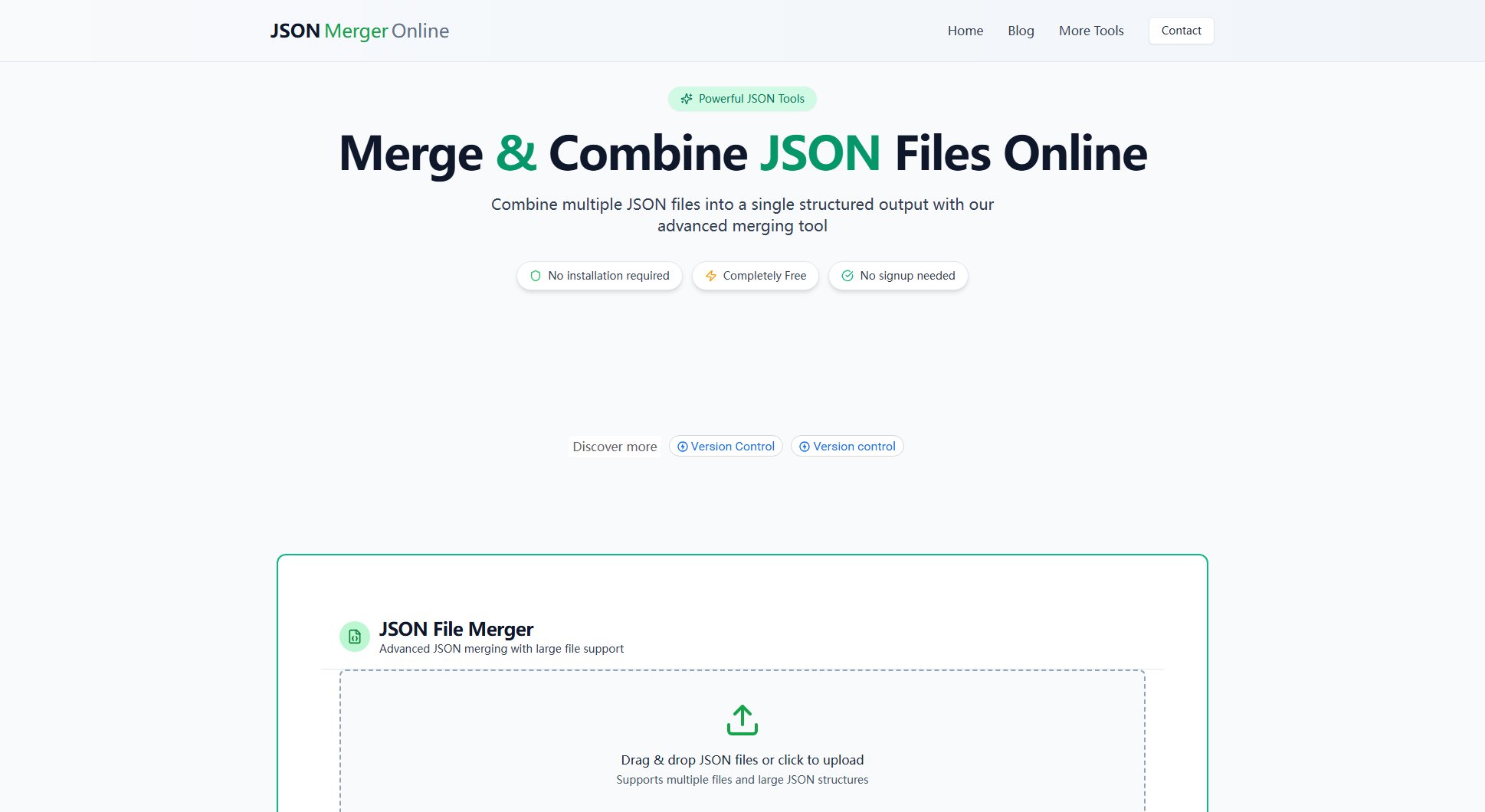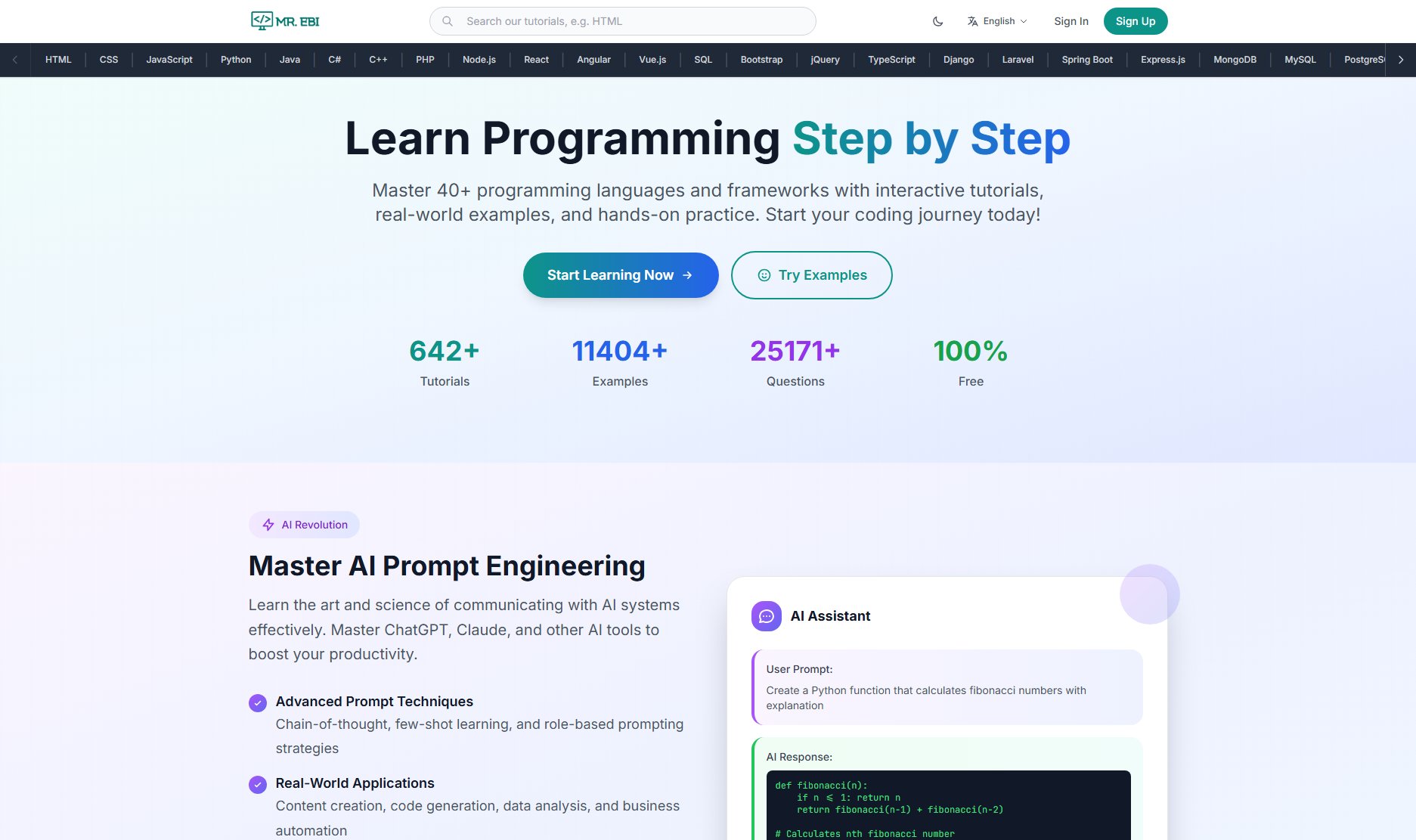next-intl
Build international Next.js apps with confidence
What is next-intl? Complete Overview
next-intl is a comprehensive solution for internationalizing Next.js applications, addressing the common challenges developers face when building multilingual apps. The tool simplifies the process of integrating translations, handling locale-specific routing, formatting dates and numbers, and ensuring SEO optimization for different languages. It is designed for developers and teams working on Next.js projects that need to support multiple languages and regions, from startups to enterprises. next-intl helps avoid common pitfalls in internationalization by providing a structured approach and best practices, ensuring that apps are built to adapt gracefully to different languages and cultures from the start.
What Can next-intl Do? Key Features
Locale-based Routing
next-intl provides flexible routing strategies to handle different locales, including domain-based and prefix-based routing. This ensures that your app can serve content in the correct language based on the user's preferences or location.
Translation Management
The tool supports dynamic translations with ICU syntax for handling plurals, genders, and other linguistic nuances. It also integrates with translation management systems like Crowdin for continuous localization.
Date, Time, and Number Formatting
next-intl automatically formats dates, times, and numbers according to the user's locale, including handling time zones and currency conversions. This ensures a consistent and culturally appropriate user experience.
SEO Optimization
The tool includes features for optimizing multilingual content for search engines, such as hreflang tags, sitemaps, and geotargeting. This helps improve the discoverability of your app in different regions.
Backend and CMS Integration
next-intl seamlessly integrates with backend services and headless CMS platforms like Sanity, allowing you to localize dynamic content and manage translations efficiently.
Best next-intl Use Cases & Applications
Multilingual E-commerce Site
An e-commerce platform uses next-intl to support multiple languages and regions, including localized product descriptions, prices, and checkout flows. The tool ensures that dates, currencies, and addresses are formatted correctly for each locale.
Global SaaS Application
A SaaS company leverages next-intl to provide a seamless experience for users worldwide. The app dynamically adjusts UI elements, such as date pickers and number inputs, based on the user's locale, improving usability and satisfaction.
Content-heavy Blog
A blog with a global audience uses next-intl to manage translations for articles and metadata. The tool's SEO features help the blog rank higher in search results across different languages and regions.
How to Use next-intl: Step-by-Step Guide
Install next-intl by adding it to your Next.js project using npm or yarn. Follow the setup instructions to configure the basic internationalization settings.
Define your supported locales and set up locale-based routing. Choose between domain-based or prefix-based routing depending on your project's needs.
Replace hardcoded strings with dynamic translations using next-intl's translation functions. Organize your message keys and use ICU syntax for complex translations.
Integrate with a backend or CMS to localize dynamic content. Use next-intl's APIs to fetch and display localized content based on the user's locale.
Optimize your app for SEO by adding hreflang tags, sitemaps, and other metadata. Ensure that search engines can index your multilingual content correctly.
next-intl Pros and Cons: Honest Review
Pros
Considerations
Is next-intl Worth It? FAQ & Reviews
Yes, you should have a basic understanding of Next.js and React. Familiarity with internationalization concepts is helpful but not required.
Yes, you can upgrade at any time by paying the difference between the two plans.
Yes, both plans come with a 14-day money-back guarantee if you're not satisfied with the course.
Yes, you can purchase multiple licenses for your team. Contact support for bulk pricing.
The course is regularly updated to reflect changes in Next.js and internationalization best practices. Updates are included for free.
